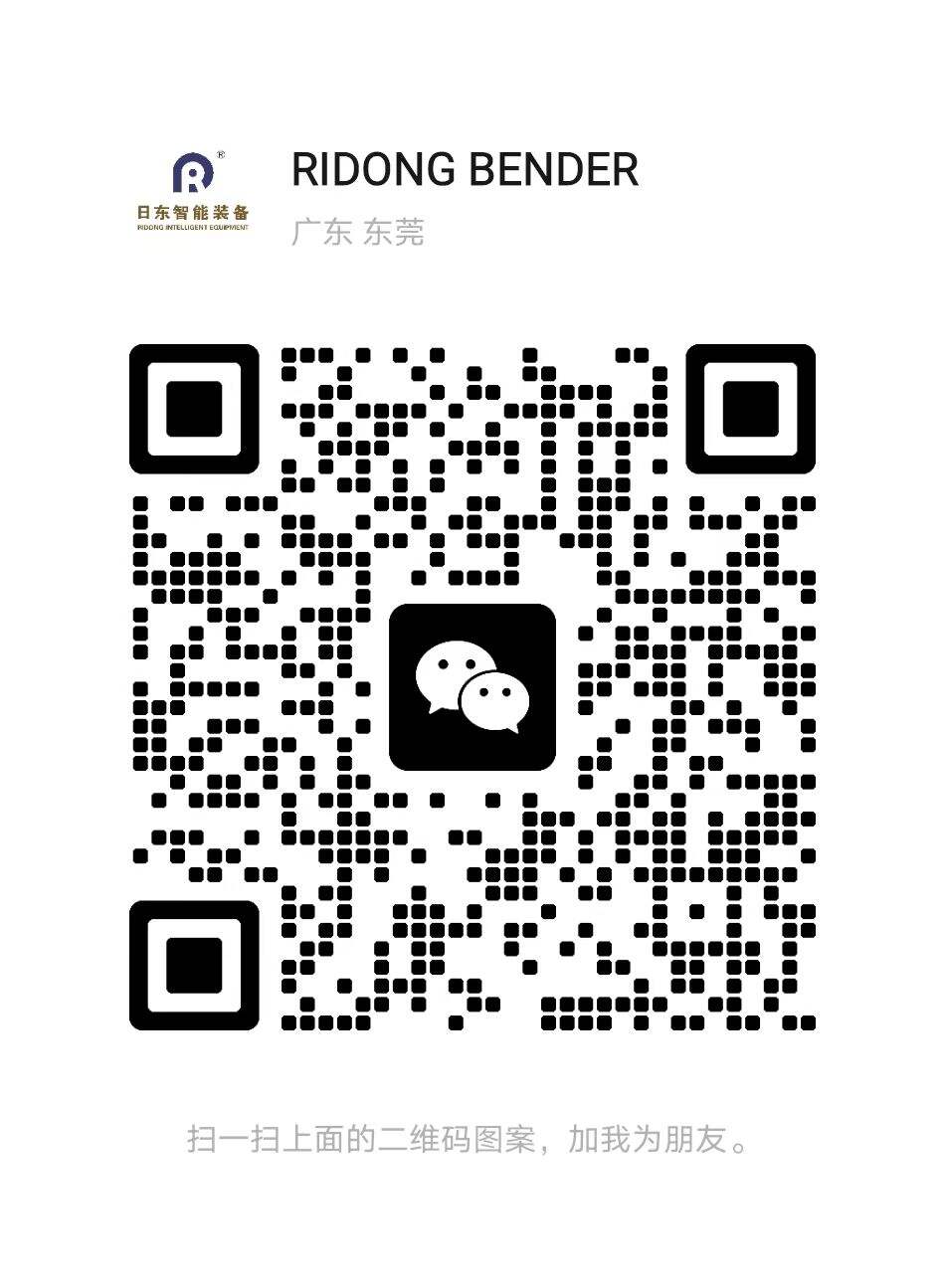The Evolution of Home Decor: How Curtain Sewing Machines Meet Modern Demands
Understanding the growing demand for custom window treatments
These days, most homeowners really care about making their spaces feel unique. A recent survey from 2023 showed that around 78% prefer custom window treatments instead of those off-the-shelf ones they find at big box stores. Why? Well, new houses are getting built with all sorts of different designs now. About 35% actually have windows that don't fit standard sizes, which makes finding ready-made solutions tricky. Plus people just want everything in their home to match together nicely. That's where curtain sewing machines come into play. They let crafters duplicate patterns accurately and make multiple pieces at once for things like blackout lining or fancy pleated edges on curtains. It helps satisfy this growing need for personalized window coverings that actually work with unconventional window shapes and sizes.
The rise of DIY home textiles and smart sewing technology adoption
According to a recent 2023 industry report on crafts, there's been quite a jump in people making their own home textiles through DIY projects, actually growing by around 37% compared to last year. This surge seems to be happening because newer sewing machines now come with some pretty smart features. Things like auto-threading and those fancy stitch libraries really cut down on how much skill someone needs to get started. Beginners can actually make those nice professional looking curtain headers at least four times quicker than if they tried doing it the old fashioned way. And for folks with cloud connected machines, they can just download specific curtain patterns right onto their devices. Makes sense too since about 62% of craft enthusiasts these days seem to favor technology integrated into their tools when working on complicated projects.
How curtain sewing machines bridge craftsmanship and convenience
The latest machines have cracked what used to be impossible: getting both handcrafted quality and fast production times. These new systems come with dual servo motors that keep fabric tension steady even on heavy stuff like velvet which can weigh as much as 800 grams per square meter. And they stitch at incredible speeds too, around 3,500 stitches every minute. For smaller design studios, this means they can crank out about 60 to 80 percent more fabric panels each day than when workers did everything by hand. The best part? All those intricate details that interior designers love still come through perfectly. With built-in laser guides and automatic hem folders, the seams turn out so precise that they look almost handmade. This kind of accuracy makes all the difference when creating garments or upholstery that need that special luxurious drape and finish customers pay extra for.
Innovative Features Driving the Curtain Sewing Machine Revolution
Programmable Patterns and Digital Controls for Precision Stitching
Modern curtain sewing machines with touchscreen interfaces come packed with hundreds of different stitching options ranging from simple straight lines all the way to complex floral motifs. The ability to tweak stitch length between 0.5 and 6 millimeters plus adjust width from just 0.2 up to 7 millimeters gives operators remarkable control over their work. With around 98 percent accuracy in these adjustments, many of the frustrating alignment issues that plagued older manual systems simply disappear. Recent research published last year showed something pretty interesting too – fabric decorators who adopted these programmable functions saw a drop of nearly 40% in defective products. This was particularly noticeable when working with tricky materials like striped cottons or damask weaves where pattern matching becomes critical for professional results.
Automatic Fabric Feeding and Multi-Layer Handling Capabilities
Servo-powered transport systems handle delicate sheers (15 g/m²) and heavy blackout linings (320 g/m²) simultaneously, maintaining consistent feed rates across multiple layers—a critical advantage for lined curtain panels.
| Feature | Manual Handling | Automated Machine |
|---|---|---|
| Layer Accuracy | ±5 mm variance | ±0.3 mm precision |
| Max Fabric Weight | 250 g/m² (2 layers) | 500 g/m² (5 layers) |
| Alignment Consistency | 72% success rate | 98.5% success rate |
Smart Sensors and Real-Time Stitch Adjustment for Consistent Quality
The optical sensors check fabric edges around 120 times every second and tweak the needle position as needed when the material stretches or shrinks during sewing. This helps cut down on broken threads quite a bit actually about two thirds less in those tricky curved seams found on things like arched valances. For box pleats specifically, the machines adjust how much thread gets fed through with really fine control maybe something like 0.01 Newtons worth of precision. What does that mean practically? Well, it ensures all those gathers stay consistent from one end of the curtain to the other without getting too tight or loose somewhere along the way.
High-Speed Motors and Energy Efficiency in Heavy-Duty Models
Brushless DC motors in industrial-grade machines achieve 2,500 SPM (stitches per minute) while consuming 40% less power than conventional clutch motors. These systems automatically switch to low-power mode during idle periods, saving approximately 1.2 kWh over an 8-hour shift—equivalent to powering 15 LED bulbs for the same duration.
From Hobbyists to Industry: Types and Applications of Curtain Sewing Machines
Domestic vs. industrial curtain sewing machines: Matching needs to scale
Hobbyists and small business owners generally find domestic sewing machines work best for them since they're portable and easy to operate when someone needs to stitch for around ten hours per week at most. These machines can manage lighter fabrics such as cotton, linen, and sometimes even thin synthetics without much trouble. On the other side of the spectrum, industrial units crank out stitches at speeds three to five times faster than regular ones, reaching up to 5,000 stitches per minute in some cases. They also last through long shifts, handling over fifteen hours straight if needed, which is why factories churning out hundreds of curtain panels each month rely on them so heavily. A recent report from the Textile Technology Journal backs this up too, showing that nearly seven out of ten commercial decor shops go for industrial grade equipment because of those durable stainless steel frames and handy automatic thread cutting features that save so much time during production runs.
Single-needle, multi-needle, and pleating machines for specialized finishes
Single needle sewing machines work great for simple seams most of the time. When making blackout curtains or those fancy layered drapes though, three needle setups really shine because they reinforce the edges so well. The real game changer comes with pleating attachments that open up all sorts of design possibilities. Operators can actually create more than twelve different pleat styles these days pencil pleats, box pleats, goblet pleats the list goes on when they have control over depth settings and spacing adjustments. Hotel chains especially love this stuff since they need consistent window treatments throughout hundreds of rooms. We've seen some shops cut their production times down around 40 percent when switching from hand sewing to multi needle systems, although results will vary depending on what exactly needs to be made.
Tape sewing machines for seamless header attachments
Curtain tape machines streamline the attachment of weighted headers and pocket systems for curtain rods. Guided tape feeders maintain ±0.3mm alignment accuracy, crucial for smooth operation in motorized track systems. These machines are particularly valuable for producers of Roman shades, where precise tape placement affects both appearance and functionality.
Versatile applications in curtains, bed linens, and upholstery projects
Modern curtain sewing machines support 80% of home textile projects through adjustable presser feet and stitch-length modifications. Beyond drapery, they enable creation of:
- Custom bed skirts with corner-notching capabilities
- Upholstered headboards using heavy-duty #69 bonded nylon threads
- Outdoor cushion covers with UV-resistant thread locking
This versatility explains why 54% of home decor studios now use curtain-specific machines across their entire textile production line.
Measuring Impact: Efficiency, Precision, and Business Growth Through Automation
Time Savings and Increased Output With Automated Feeding Systems
Automated fabric feeders reduce manual intervention by up to 80%, enabling creators to focus on design while maintaining consistent output. Industrial models process up to 12 linear feet of drapery fabric per minute—triple the speed of manual feeding—making them indispensable for meeting tight deadlines without compromising quality.
Data Insight: Up to 60% Faster Production Using Programmable Machines
A 2023 textile automation study showed that programmable curtain sewing machines shorten production cycles by 60% compared to traditional methods. For example, a standard 10-panel curtain set that takes 8 hours manually requires just 3.2 hours with automated pattern sequencing. This efficiency allows small businesses to scale output without increasing staff.
Reduced Material Waste and Error Rates Through Digital Precision
Advanced tension control and stitch-length sensors minimize fabric waste by 22%, according to recent benchmarks. Digital presets for common fabrics like blackout polyester or sheer voile prevent costly miscuts and stitching errors, ensuring 98% accuracy even in 5-layer assemblies.
Case Study: Scaling a Boutique Decor Brand With Automated Sewing
A regional home decor startup increased annual revenue by 160% after implementing three industrial curtain sewing machines. Automation enabled large-scale production of custom pleated drapes and motorized track systems, reducing per-unit labor costs by 40% and cutting order fulfillment time by two-thirds compared to manual workshops.
Choosing the Right Curtain Sewing Machine: A Practical Buyer’s Guide
Critical features to consider for curtain-specific projects
When picking out a sewing machine, motor power and how well it works with different fabrics should be at the top of anyone's list. Machines rated around 400 to 600 watts can tackle those thick blackout curtains without breaking a sweat. And let's face it, nobody wants to deal with tangled threads all day long. That's why many modern machines come equipped with handy extras like automatic thread cutters and adjustable needle positions that save time on boring, repeat jobs. The big name brands have started putting in these easy-to-use control panels where people can program their own stitch patterns. This makes those fancy pleated designs possible even for folks who aren't professional seamstresses but still love getting creative with fabric at home.
Evaluating stitch variety, presser foot adjustments, and tension control
Curtain projects require versatility:
- 15+ stitch types (lockstitch, zigzag, blind hem) accommodate diverse fabrics, from sheer voiles to heavyweight linens
- Adjustable presser feet (5–10mm lift) prevent slippage when sewing thick thermal linings
- Digital tension controls maintain consistency across multi-layer seams, reducing puckering by up to 40% compared to manual systems
Essential accessories: Extension tables, specialty feet, and more
Enhance performance with key accessories:
- 24-inch extension tables support full-width curtain panels
- Piping feet ensure clean welt cord insertion in valances
-
Walking foot attachments evenly feed slippery satin fabrics
Professional-grade magnetic seam guides ($15–$40) further improve accuracy for long hems exceeding 10 feet.
FAQ
Why is there a rising demand for custom window treatments?
More homeowners are interested in personalizing their spaces, leading to a 78% preference for custom window treatments, especially as new homes feature non-standard window sizes.
How does technology influence DIY home textiles?
Advanced features in sewing machines, like auto-threading, reduce the skill required, spurring a 37% rise in DIY home textile projects. Many enthusiasts prefer tools with technology integration.
What are the advantages of programmable curtain sewing machines?
These machines offer precision in stitching with digital controls, reducing defective products and enabling professional results, especially with intricate patterns.
What are the key differences between domestic and industrial curtain sewing machines?
Domestic machines are ideal for lighter, less frequent projects while industrial machines handle heavy, long-duration operations efficiently with higher speeds and durability.
Table of Contents
- The Evolution of Home Decor: How Curtain Sewing Machines Meet Modern Demands
- Innovative Features Driving the Curtain Sewing Machine Revolution
- From Hobbyists to Industry: Types and Applications of Curtain Sewing Machines
- Measuring Impact: Efficiency, Precision, and Business Growth Through Automation
- Choosing the Right Curtain Sewing Machine: A Practical Buyer’s Guide
- FAQ






